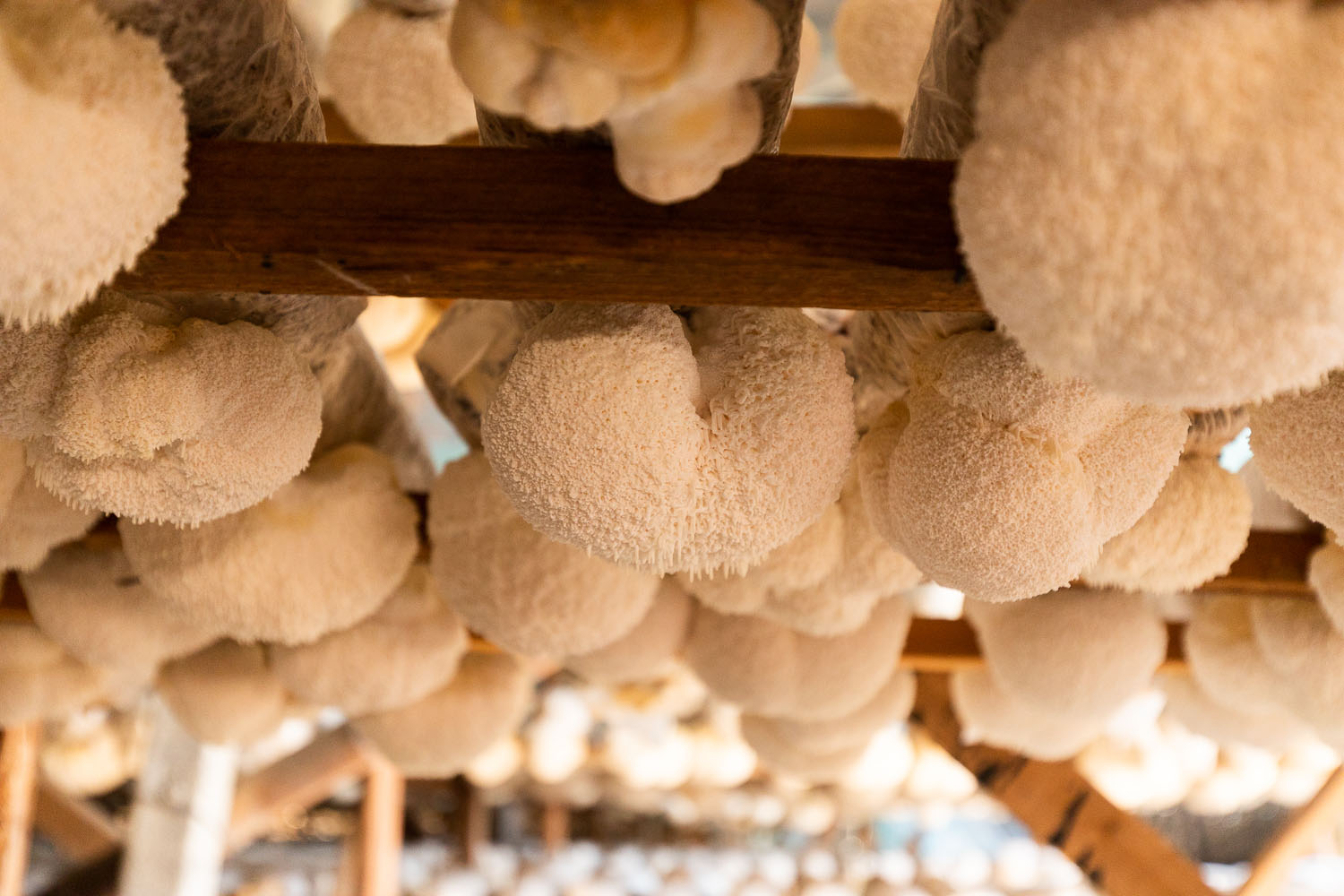German researchers Miriam Sari and Jan Lelley have recently published a new research paper in the Journal of Food Chemistry entitled "Screening of beta-glucan contents in commercially cultivated and wild growing mushrooms". This paper looks at the beta-glucan content in commercially grown and wild mushrooms. Where possible they also looked at the beta-glucan content in the cap and stem to see if there were any differences.
The commercially grown mushrooms were purchased from local supermarkets or local growers in Germany. Wild specimens were collected from the western part of North-Rhine Westphalia, Germany.
The Megazyme beta-glucan method was used to determine the beta-glucan and alpha-glucan content of all samples.
The results showed some interesting results for the amount of beta-glucans in the cap vs the stem. Most samples showed more beta-glucans in the stem than the cap. For example, The Porcini (Boletus edulis) stalk measured a whopping 57.9% beta-glucans with the cap only coming in at 16.88%.
As the stem is often tougher, more fibrous and undesirable when compared to the cap, it is often removed during the harvesting process. Many of us also cut the stems off the mushrooms we buy from the supermarkets. Whether it's extracting them or using them for culinary purposes, the data indicates that the stems should be utilized in one way or another for their valuable beta-glucan content.
Mushrooms to note for their high beta-glucan content are Turkey Tail (Trametes versicolor), Chicken of the Woods (Laetiporus sulphurous), Trembling Merulius (Phlebia tremellosa) and Birch Polypore (Piptoporus betulinus) which all show beta-glucan content around 50% with Turkey Tail leading the pack at 60.79%.
Here is the full table of results:

